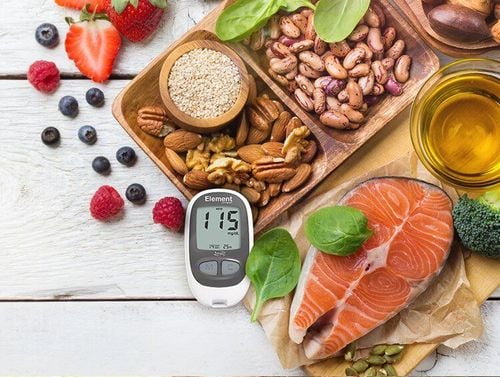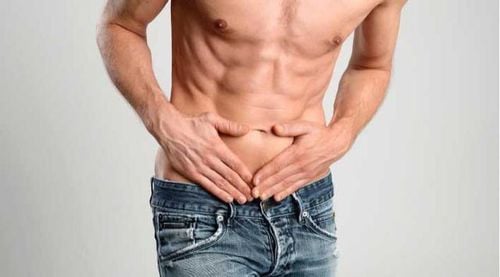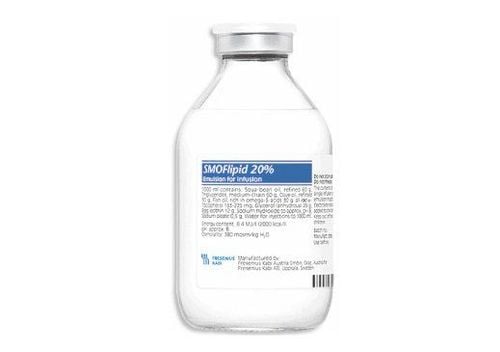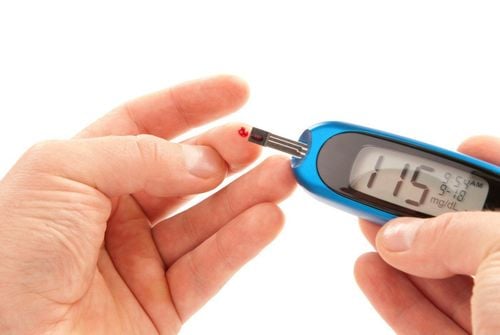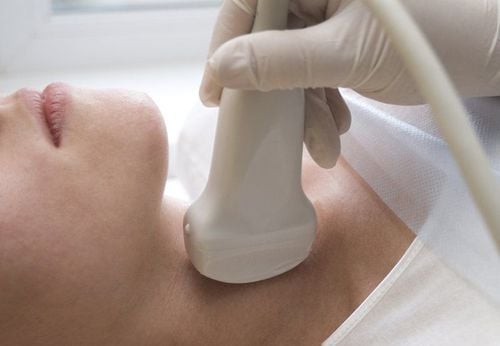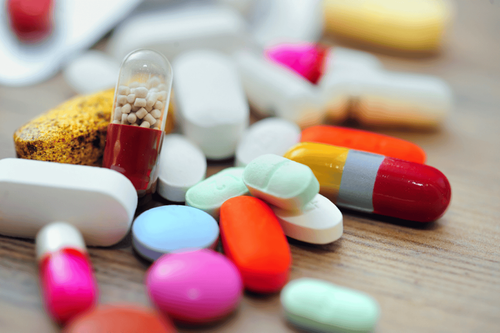This is an automatically translated article.
The article is professionally consulted by Master, Doctor Nguyen Thi Ngoc - General Internal Medicine - Endocrinology - Department of Examination & Internal Medicine - Vinmec Central Park International General Hospital. Doctor has more than 10 years of studying, researching and working in the field of endocrinology.Many people with diabetes are concerned that the sugar in fruit will increase the glycemic index and remove their favorite fruits from the diet. But this is completely wrong. For diabetes, there are do's and don'ts. Accompany Vinmec to learn more about this issue.
A good diet is an important approach to diabetes care and treatment. If you have diabetes, develop a sensible eating plan that balances your carb intake with medication to control blood sugar. Besides, combined with the way of processing, choosing the right fruit will support the treatment of diseases.
1. What kind of fruit should diabetics eat?
When having type 2 diabetes, patients should pay attention to understand the importance of carbohydrate consumption. Carbs are the body's main source of energy. But for people with diabetes, absolutely should not eat more than 200 grams of carbs per day. Because when you consume a lot of carbs, they will convert to sugar, directly affecting and affecting blood sugar.Fruit is an excellent source of nutrients when it comes to meeting your health needs and has a significant effect on reducing the risk of type 2 diabetes. Fresh fruits are recommended for good health such as:
1.1 Strawberries, blackberries, blueberries, raspberries, black currants This group of berries contains a lot of fiber, potassium, manganese, magnesium, folate, vitamin C, antioxidants... at the same time have the ability to control blood sugar, reduce blood fat and lower blood pressure.
1.2 Grapefruit, oranges, tangerines Grapefruit juice has a blood sugar-lowering effect thanks to an insulin-like effect. However, for people with diabetes, if they are taking statin drugs to lower blood fat, they should not eat grapefruit close to the time of taking the drug. Because it can cause side effects such as rhabdomyolysis, liver and kidney toxicity. With other therapeutic drugs, it is also necessary to drink at least 2 hours away from the time of eating grapefruit to avoid increasing the activity or toxicity of the drug.
1.3 Avocados, olives Avocados and olives are a group of high-fat fruits that provide good fats, soluble fiber, amino acids, B vitamins and good minerals such as magnesium and potassium, antioxidants, vitamins A, E and iron, zinc, calcium
1.4 Guava, apple, pear, peach This is a group of fruits with high fiber content, rich in vitamins C, A and potassium. Watermelon contains a rich source of vitamins such as vitamin A, vitamin C, vitamin B, fiber, iron, calcium, potassium, magnesium, .....
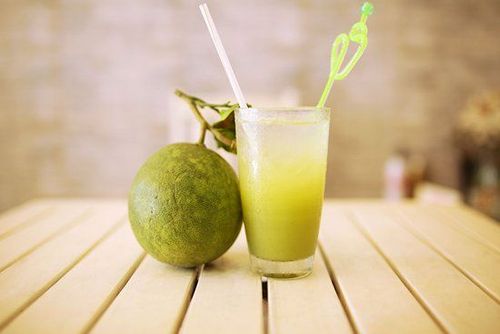
Nước ép bưởi có tác dụng giảm đường huyết nhờ tác động tương tự như insulin
2. What fruits should be limited?
Fresh flowers are the best choice for everyone's health. However, there are some fruits that contain large amounts of sugar, which will easily increase blood pressure, which is harmful to diabetes. Here are the fruits that patients should limit their use when they have diabetes:2.1 Durian, jackfruit have a lot of sugar The amount of sugar in durian and jackfruit is equivalent to the sugar of 1 can of coca cola or a bowl of rice. white.
2.2 Ripe pineapple is very sweet Ripe pineapple has a high amount of sugar so it should not be eaten too much, but this fruit contains many benefits such as rich in vitamins and trace elements. At the same time, it has good anti-inflammatory properties. So diabetics can eat but eat in small amounts.
2.3 Ripe mango Mango is a healthy fruit because the green mango skin contains compounds that help insulin work more effectively. But ripe mango contains higher amount of sugar and causes high blood pressure.
2.4 Ripe bananas This is the kind of fruit that the sick should limit the most because the sugar content in bananas, especially ripe bananas, is very high.
2.5 Lychee, litchi longan and ripe longan contain quite high sugar content and low fiber content. Therefore, patients should only eat 1 - a few fruits, but need to eat fresh fruit and eat it with a snack or away from a meal.
3. How to eat fruit to not increase blood pressure for people with diabetes
Diabetics should only eat fresh fruit, but absolutely should not use dried, canned fruit. Because the sugar in the fruit has been concentrated. When deciding whether to use dried or canned fruit, you should check food labels to see how much sugar is in the food? Be aware that sugar in dried fruit goes by many different names on the label, including cane sugar, invert sugar, corn sweetener, dextran, and high fructose corn syrup.Fruit juices, smoothies will be recommended by doctors to limit their use, due to the fact that 1⁄3 to 1⁄2 cups of fruit juice already contain about 15 grams of carbs. Fruit juice is associated with a higher risk of type 2 diabetes. The body absorbs processed fruit faster, resulting in higher blood sugar levels.
Processing fruit also removes or reduces levels of several important nutrients, including vitamins and fiber. Therefore, people with diabetes should eat fresh foods, limit canned foods with sugar, long processing and fruit juices. Fruit mixes like smoothies are also high in sugar and are absorbed more quickly leading to blood sugar spikes.
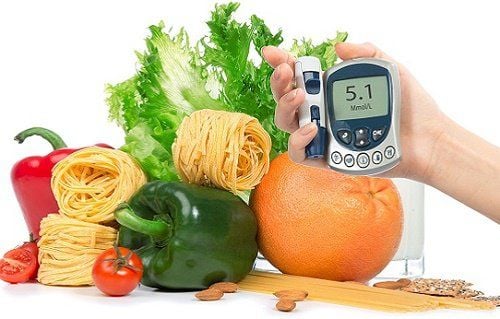
Bệnh nhân tiểu đường chỉ nên ăn trái cây tươi, chứ tuyệt đối không nên sử dụng trái cây khô, đóng hộp
4. Some ways to choose a reasonable fruit diet
Generally, choose a serving of fruit that contains about 15 grams of carbs. If you have diabetes then you must know (GI)GI is the glycemic index of food. A food's glycemic index (GI) from 0 to 55 is low, and 70 or higher is high. Currently, to calculate the amount of food containing blood sugar to be more general and useful, people use GL. GL is the glycemic load of a food, this indicator shows how much sugar the body will absorb if we eat the food.
The glycemic load is calculated by multiplying the GI by the number of carbohydrates in a serving of that food and dividing it by 100. The glycemic load of a food (GL) less than 10 is low, from 10 or more is high.
Advice for people with diabetes, don't eat a lot of foods that have a low glycemic index (GI), but a high glycemic load (GL). In contrast, there are foods with a high GI, but the GL in 100g of food is low, diabetics can still eat it but controlled in quantity
The longer the carbohydrate-rich foods are cooked, the higher the GI value. . Fat, fiber and carbohydrate content after they are converted to resistant starch through cooking can all significantly reduce GI values. Below is a list of fruits divided by the GI, as reported by the United States Department of Agriculture (USDA).
Some fruits have a GI under 55 and a GL under 10, including: Apples, avocados, bananas, cherries, grapefruit, grapes, kiwi fruit, peaches, pears, plums, strawberries A fruit with a GI between 56 and 69 is considered a medium GI food. All of the fruits listed below still have GL levels below 10: Sweet melons, figs, papayas, pineapples Fruits play an important role in helping people with diabetes feel full and hydrated. sugar slowly. Eating enough fiber plays an important role in controlling diabetes.
A diet high in soluble fiber can slow the absorption of sugar and control its level in the blood. Many fruits are high in fiber, especially those with skin. A diet with enough fruits and vegetables can reduce the risk of obesity, heart attack, and stroke. Obesity has been linked to type 2 diabetes. Fruits are high in fiber and nutrients, so they're a good choice in a meal plan. Processed fruits such as dried fruit and fruit juices that have had their fiber removed should be limited.
Eating whole fruit with dietary fiber is recommended over juice. The whole fiber in fruit helps delay digestion. Not only will this delay help you feel full, but it also won't spike your blood sugar as quickly as if you'd eaten the fruit in juice form.
Currently, Vinmec International General Hospital has a Cardiovascular and Diabetes Screening package, to help detect pre-diabetes early, accurately classify diabetes type, develop a nutritional regimen, and monitor reduce the risk and complications caused by diabetes.
Please dial HOTLINE for more information or register for an appointment HERE. Download MyVinmec app to make appointments faster and to manage your bookings easily.
Articles refer to sources: Healthline.com, Verywellhealth.com



